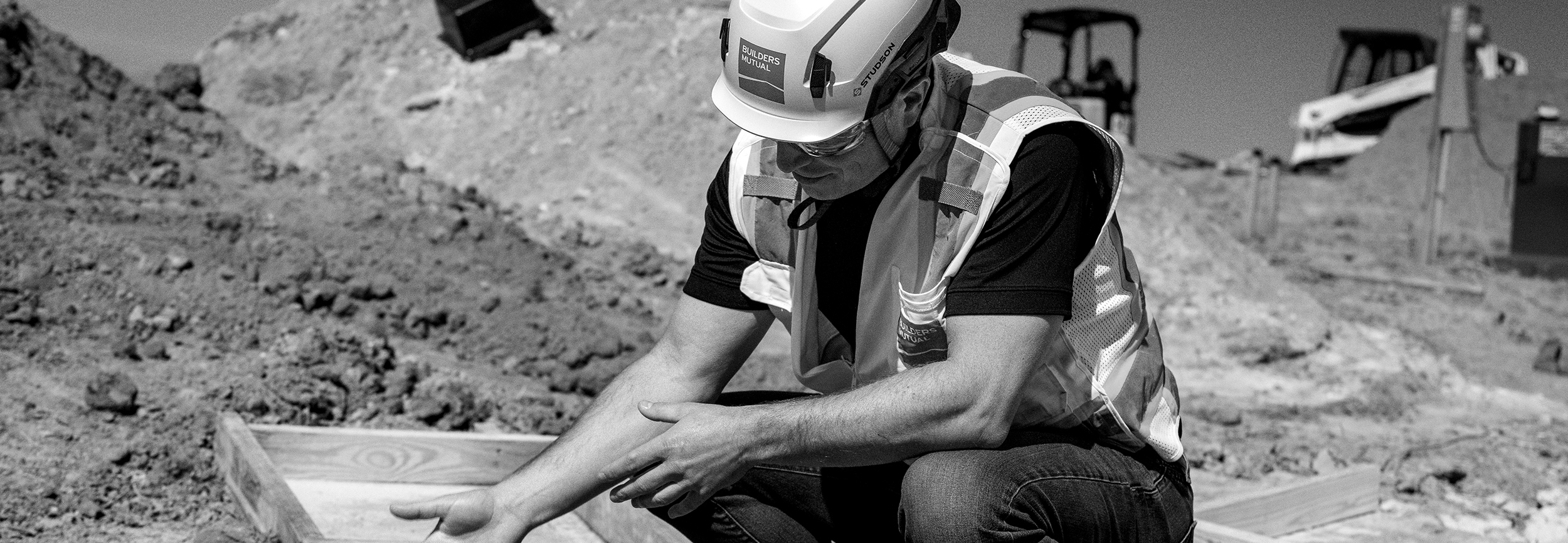Summer is upon us, and the change in seasons brings long, hot days on the job-site. As temperatures rise, the importance of hydration rises as well. Each year in the US, there are roughly 30 fatalities and 4,000 heat-related illnesses, according to the Bureau of Labor and Statistics. Many of these deaths and illnesses are preventable with proper personal hydration. Water provides basic health benefits, including, but certainly not limited to, temperature regulation. The human body can adjust to high temperatures if hydration is consistently maintained.
Pat Urtecho, Senior Risk Management Consultant at Builders Mutual, joins us to bust three myths about water consumption that will keep you and your team hydrated and safe on hot summer days.
Myth #1: Thirst isn’t a good indicator of dehydration
While thirst is not the primary indicator of dehydration, the sensation of thirst is a valuable assessment of fluid levels. The body naturally loses water through sweat, tears, and breathing, as well as through urination. Kidneys control the water level in the body, and when they signal the need for more water, the body reacts and feels thirst. In high heat, a dry mouth is often an indicator of thirst, and thirst is, in fact, a good indicator of dehydration.
Another good indicator is urine color. The darker the urine, the greater the dehydration. You can hang urine charts in toilet facilities on the job-site to help employees understand the warnings from urine coloration. However, employees may not be able to see urine color while using portable toilet facilities. This makes thirst an even stronger and more important indicator on the job-site.
Listening to the body’s natural response early on can prevent severe dehydration and heat exhaustion at later points.
Myth #2: Sports drinks are equivalent substitutes for drinking water on the job-site
Sports drinks contain many beneficial ingredients, including electrolytes, vitamins, and sodium. However, the healthy attributes are often accompanied by nearly 10 teaspoons of sugar. Excess consumption of sugary sports drinks can send a dehydrated body into shock and cause severe side effects. However, in moderation, a sports drink can jump-start the hydration process. Still, plain water remains the best defense and protection option in high heat. The frequency of water consumption should always be higher than the consumption of sports drinks because water provides the most organic form of hydration. Keeping water at the forefront of fluid intake will allow the body to function at its peak capability in heat.
Myth #3: 8 glasses of water a day is enough
There is no question that drinking enough water every day is a must. But “enough” is different for everyone. For some, eight glasses may seem like a large amount, and for others, it is not even close to enough. This is particularly important for people working outdoors in high temperatures. The larger a person is, the more water the person needs. Size is not the only factor, though. The more a person sweats, the more water the person needs. Heavy sweaters need to replace that sweat with H2O.
Balancing water consumption for proper hydration can be challenging, particularly in summer heat, but there are several indicators of dehydration that can be monitored, including headaches and cramps, fatigue, and lightheadedness. If someone on your team experiences any of these symptoms on the job-site, make sure the person increases water intake as soon as possible. Learn more about how to prepare your job-site for summer here.
For medical opinions on heat’s effects on individual health, you and your workers can contact your primary care physicians with questions or concerns.
Content reviewed 6-2001.




 Find an
Find an